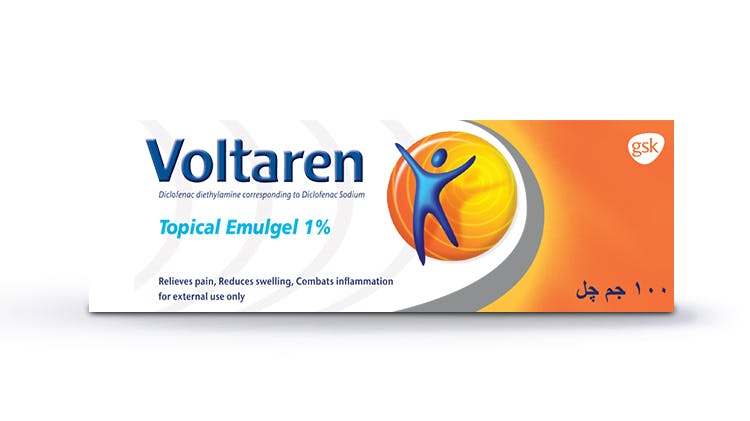Back pain: Signs and symptoms

Recognising back and neck pain
Back pain can be treated symptomatically but it is important to first rule out any underlying conditions that require attention from a physician.
- Upper and middle back pain may present as aching, stiffness or sharp/burning sensations in that area1
- Symptoms of lower back pain typically include tension/stiffness or soreness in that area1
Understanding back pain
Learn more

Voltaren Triple Effect 1% Emulgel
Voltaren Emulgel is indicated for the external treatment of pain, inflammation and swelling in:5
- Injuries of the tendons, ligaments, muscles and joints e.g. sparins, bruises, strains and back pain.5
- Localized forms of soft tissue rheumatism.5
- and for symptomatic treatment of osteoarthritis of small and medium-sized joints located close to the skin.5